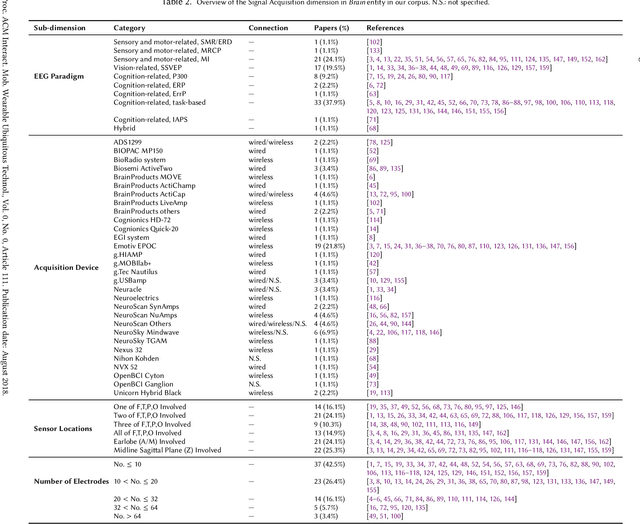Nona Rajabi
Early Detection of Human Handover Intentions in Human-Robot Collaboration: Comparing EEG, Gaze, and Hand Motion
Feb 17, 2025Abstract:Human-robot collaboration (HRC) relies on accurate and timely recognition of human intentions to ensure seamless interactions. Among common HRC tasks, human-to-robot object handovers have been studied extensively for planning the robot's actions during object reception, assuming the human intention for object handover. However, distinguishing handover intentions from other actions has received limited attention. Most research on handovers has focused on visually detecting motion trajectories, which often results in delays or false detections when trajectories overlap. This paper investigates whether human intentions for object handovers are reflected in non-movement-based physiological signals. We conduct a multimodal analysis comparing three data modalities: electroencephalogram (EEG), gaze, and hand-motion signals. Our study aims to distinguish between handover-intended human motions and non-handover motions in an HRC setting, evaluating each modality's performance in predicting and classifying these actions before and after human movement initiation. We develop and evaluate human intention detectors based on these modalities, comparing their accuracy and timing in identifying handover intentions. To the best of our knowledge, this is the first study to systematically develop and test intention detectors across multiple modalities within the same experimental context of human-robot handovers. Our analysis reveals that handover intention can be detected from all three modalities. Nevertheless, gaze signals are the earliest as well as the most accurate to classify the motion as intended for handover or non-handover.
Human-Aligned Image Models Improve Visual Decoding from the Brain
Feb 05, 2025Abstract:Decoding visual images from brain activity has significant potential for advancing brain-computer interaction and enhancing the understanding of human perception. Recent approaches align the representation spaces of images and brain activity to enable visual decoding. In this paper, we introduce the use of human-aligned image encoders to map brain signals to images. We hypothesize that these models more effectively capture perceptual attributes associated with the rapid visual stimuli presentations commonly used in visual brain data recording experiments. Our empirical results support this hypothesis, demonstrating that this simple modification improves image retrieval accuracy by up to 21% compared to state-of-the-art methods. Comprehensive experiments confirm consistent performance improvements across diverse EEG architectures, image encoders, alignment methods, participants, and brain imaging modalities.
Mind Meets Robots: A Review of EEG-Based Brain-Robot Interaction Systems
Mar 13, 2024



Abstract:Brain-robot interaction (BRI) empowers individuals to control (semi-)automated machines through their brain activity, either passively or actively. In the past decade, BRI systems have achieved remarkable success, predominantly harnessing electroencephalogram (EEG) signals as the central component. This paper offers an up-to-date and exhaustive examination of 87 curated studies published during the last five years (2018-2023), focusing on identifying the research landscape of EEG-based BRI systems. This review aims to consolidate and underscore methodologies, interaction modes, application contexts, system evaluation, existing challenges, and potential avenues for future investigations in this domain. Based on our analysis, we present a BRI system model with three entities: Brain, Robot, and Interaction, depicting the internal relationships of a BRI system. We especially investigate the essence and principles on interaction modes between human brains and robots, a domain that has not yet been identified anywhere. We then discuss these entities with different dimensions encompassed. Within this model, we scrutinize and classify current research, reveal insights, specify challenges, and provide recommendations for future research trajectories in this field. Meanwhile, we envision our findings offer a design space for future human-robot interaction (HRI) research, informing the creation of efficient BRI frameworks.
 Add to Chrome
Add to Chrome Add to Firefox
Add to Firefox Add to Edge
Add to Edge